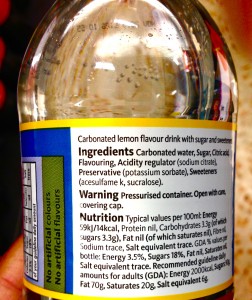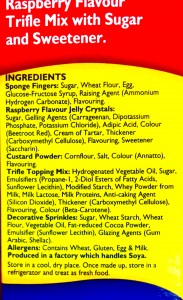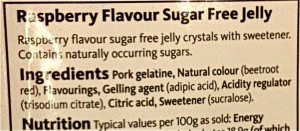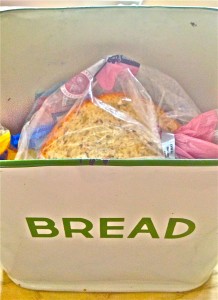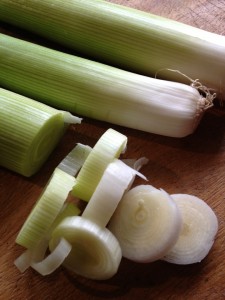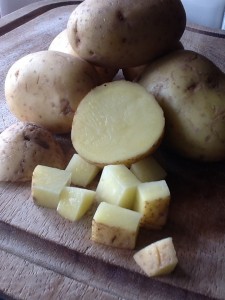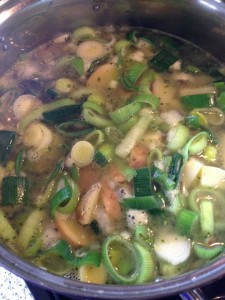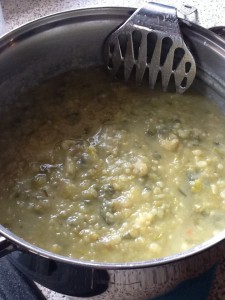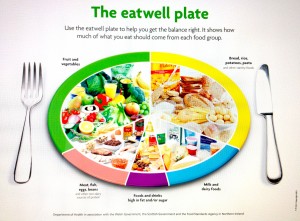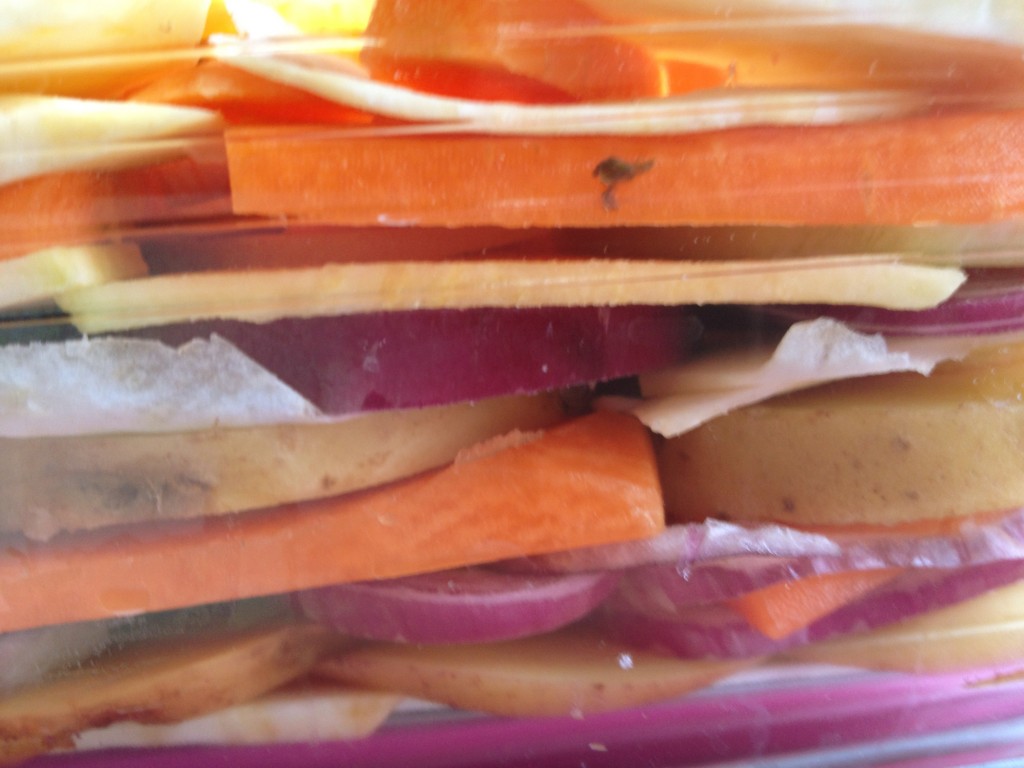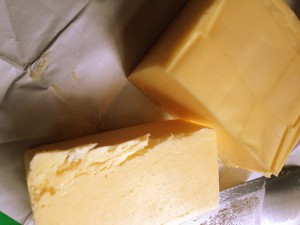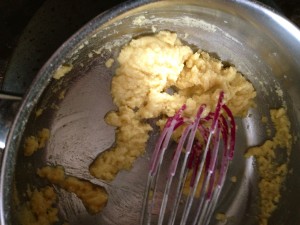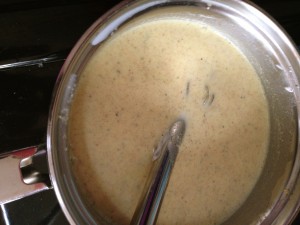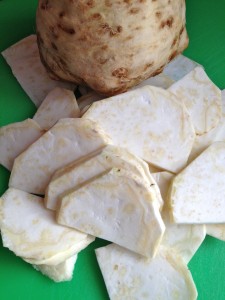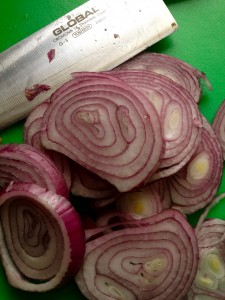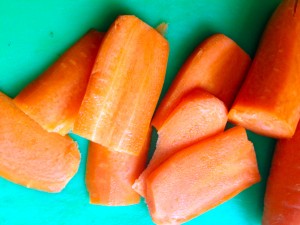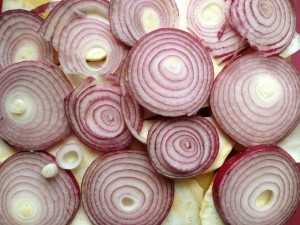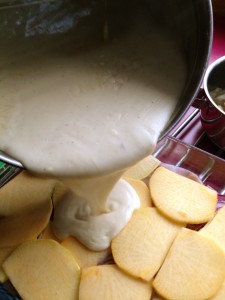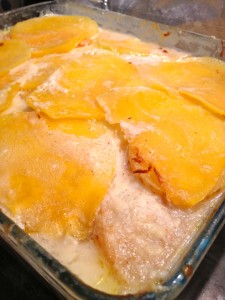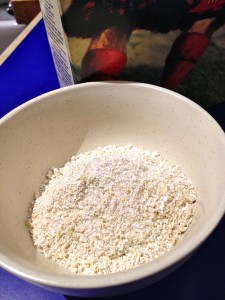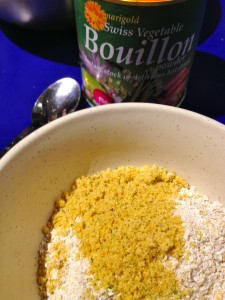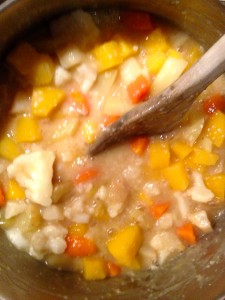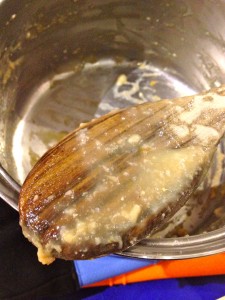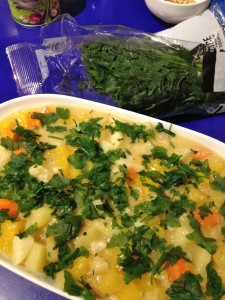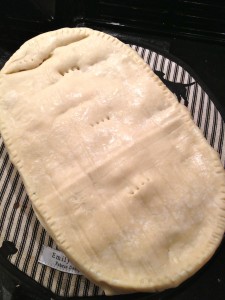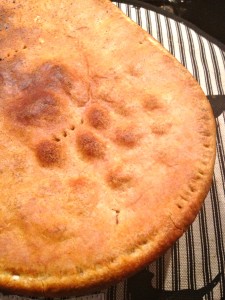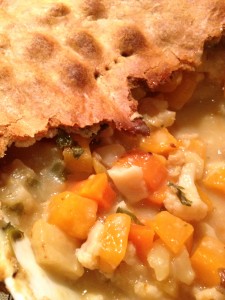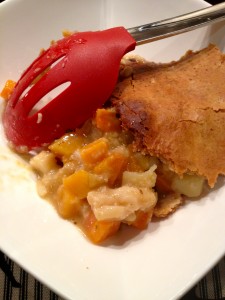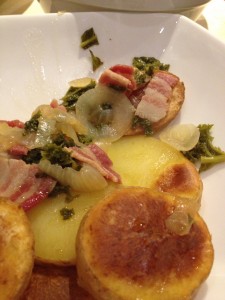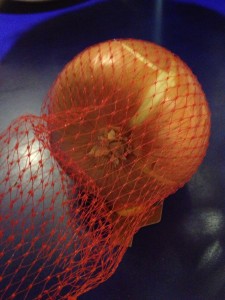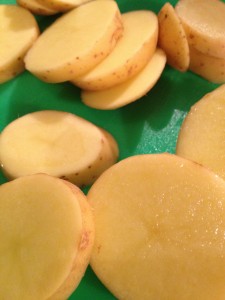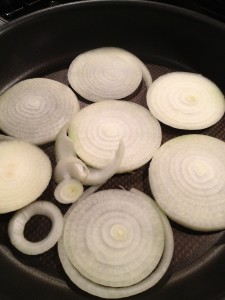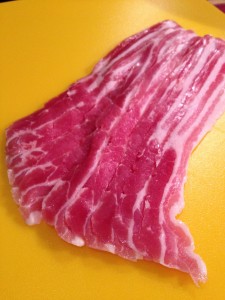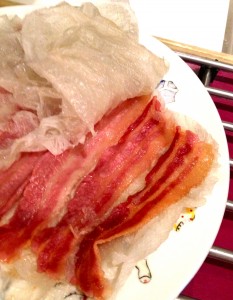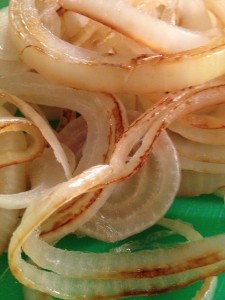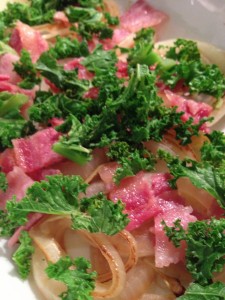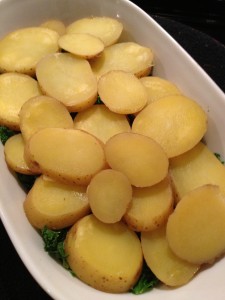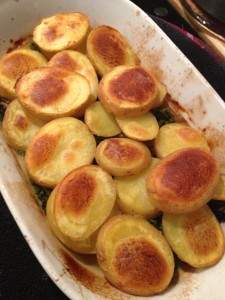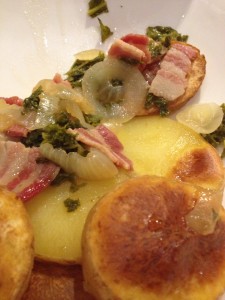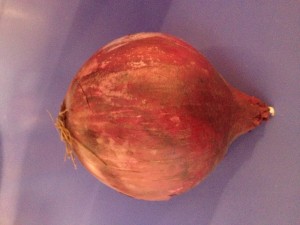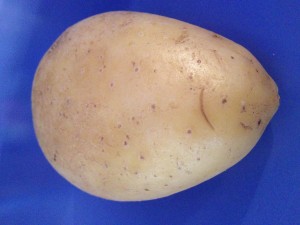Apparently I am one sixteenth Jewish or something like that but I’ve always discounted it as too distant to influence me. However, when faced with a household of sickness I began to wonder. I could see nothing but a sea of feverish and sweaty ill people, all thirsty and demanding. None would eat. Not eat?!?! Oi vey and by Shiva…I could feel the Jewish and Bengali DNA in me stirring! A cold is a virus and therefore will run it’s course, but I could help ease the symptoms, surely?!?! I’d have to try, of course (the DNA was churning by now), and certainly feel a bowl of nutrient drenched soup must be better for the ailing than a chemical packed Lemsip. With ‘feed a cold and starve a fever’ ringing in my ears I set about the ‘Jewish penicillin’ cure all…
I’m immediately faced with a problem. Where does one (even in Hampstead) get a boiling chicken or a bag of chicken wings on a Saturday night?!? Well, the short answer is I don’t but (especially in Hampstead) I can access a whole plethora of organic chickens! (Which is good in one particular way, as I shall explain below.) Chicken wings are usual and useful in this dish as they impart such a strong chicken flavour as well as all the goodness leeched from the bones and joints. Boiling chickens are mature chickens that need a good long cooking time and therefore are ideal for soup. The meat is usually rendered pretty grim after a boiling session – it is never advisable to boil a chicken – lightly poach at the very most (si yau kai – yum!).
Anyhoo…chicken is an excellent source of complete protein and minerals, and lower in fat than most other meats, but, and this is vital, many cheap packages of chicken are either injected with water and proteins and/or from feeding factories where they are kept in unnatural circumstances with little air or light and fed endlessly and then slaughtered, at best, haphazardly. They are denied any natural behavioural process and often have their beaks and claws clipped. They are bred to have a fuller breast and this puts their legs and vital organs under pressure, killing many of them from the shear strain. Please consider organic free range. Just free range does not guarantee they have been outside as they are still kept in huge flocks and cannot all make it to the outside areas provided…they just have to have the ‘chance’ to go outside to qualify for ‘free range’. Free range does not guarantee the birds have not been fed any growth treatments, either. Be warned. Organic, however, stipulates the chickens are fed on natural food stuffs and allowed to roam freely and establish their social activities (chickens are very social birds). These chickens (organic free range) are really the only type you should buy. Chickens get a rough deal at pretty much every level and we must try to stop the farming and processing of chickens in these revolting conditions. Yes, I know, it’s much more expensive but imagine it more as a treat or a flavouring. It’s better for your body, your conscious and for the chicken.
So, accepting all this I have bought two organic free range pampered chickens and shall adapt accordingly. Additionally, as this is a dish that is designed to impart health and taste I can’t really use an economy badly nourished bird can I?!?
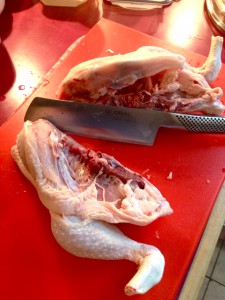
I hack the chickens up and leave the breasts as whole pieces as I am planning to retrieve them after a short poaching period! I’m thrifty, so be sure I’m not going to sacrifice the entire chicken to this soup when the dark meat and the bones are the real star. The ‘white’ meat will be rendered inedible by the long simmering process and completely wasted, so this way I get a whole other dinner from these birds. (I’ve already planned the Asian style dishes I’m going to make from the breast meat…it is the least interesting, after all, and always needs a good boost from some tricksy flavours). Then for the vegetables…! It’s winter so root vegetables are abundant and at their peak. We are thinking goodness and nutrition here…
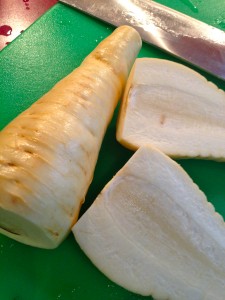
Parsnips are an excellent source of fibre (maintains healthy bowels), folate (helps regenerate the body, make blood cells, fights against birth defects), vitamin K (builds strong bones, helps cells grow and live, helps blood clot), and potassium (regulates blood pressure and keeps the muscles and nerves functioning properly).
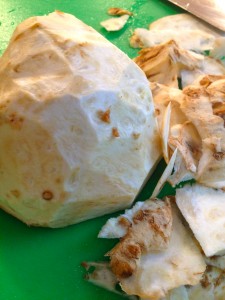
Celeriac (celery root but also called celery knob in some places…gracious!) is the most ignored root vegetable of them all surely? It is staggeringly low in calories as it has a low starch content, it has phosphorus (vital to cell function and it regulates calcium for strong bones and teeth) and potassium (water balance, blood pressure management, nerve function), vitamin K and C (healthy cells, growth and repair of tissue, boosts the immune system and much, much more) and a nice hit of iron (transports oxygen, helps make red blood cells, fights fatigue of body and mind).
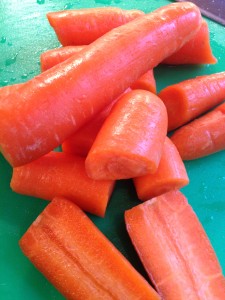
Carrots are a fab source of beta-carotene. Beta-carotene has antioxidant properties that help prevent ageing damage to your cells, fights cardiovascular issues and the vitamin A that the liver creates from it keeps skin, hair and nails healthy, flushes out the liver and helps your retinas stay in tip top condition.
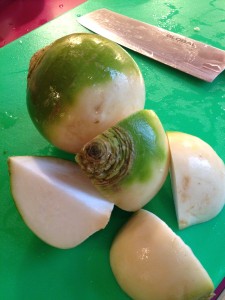
Ideally you want the turnip greens as well as these are packed with lots of lovely antioxidants (vitamins A, C, E and K, manganese (helps metabolise fats and proteins to create energy, is used in the forming of healthy bones, tissues, nerves and cartilage, maintains a healthy reproductive system) and beta-carotene) and phyochemicals – nonnutritive plant compounds that aren’t used for sustaining life but rather for other aspects like protecting the plant, fighting diseases and also colour and scent. They are believed to have disease fighting properties for humans. The turnip base, like all it’s cruciferous family, has a heap of vitamin C and fibre and is a good source of calcium, copper (used to make red and white blood cells, vital for infant growth and brain development, assists the immune system and helps defend against infection, used for strong bones and blood vessels, protects nerve tissue and as an antioxidant it mops up and deactivates free radicals) and potassium.
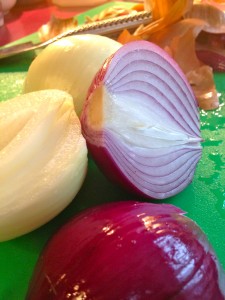
I’m using red onions here purely because I haven’t got any brown ones. I also peel these ones as they are looking a little past their prime but if you’ve got good solid clean onions then I wouldn’t bother peeling them. OR if you have some leeks use them instead, or a combination? Onions are also high in phytochemicals/phytonutrients. The one often mentioned is quercetin which sweeps through the body removing harmful free radicals whilst simultaneously supporting the cardiovascular system, the immune system, promoting bone health and assisting with congestion and fighting mild allergies! Red onions (especially the outer layers) are packed with this and many other wonder compounds too. Leeks are chock full of vitamins, minerals and specifically folate and, like garlic and other alliums, antioxidants (notably allicin) – which does lots of wondrous things like help lower cholesterol and blood pressure. If that wasn’t enough, it also acts as a general anti-bacterial, anti-viral and anti-fungal.
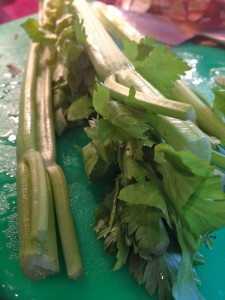
Celery is a nutritional powerhouse. Long a dieters favourite and as they like to say, ‘it burns more calories chewing it than it contains!’…er…not with that cream cheese piled on it, love. Well, that’s as maybe but it actually is very good for you. For goodness sake, literally, don’t buy the pre-trimmed ones. (What’s with all this pre-prepared nonsense? Come on, you’re so wealthy and time pressed that you can’t chop the ends of a piece of celery or a green bean?) The leaves of the celery contain vitamin A and the stems are packed with vitamin B’s and C, plus essential amino acids and minerals. Along with the good bowel friendly fibre celery is also a cooling, anti-inflammatory diuretic with a talent for reducing cholesterol, blood pressure and fighting various forms of cancer. The natural sodium it contains is healthy and necessary for your body. And as if this wasn’t enough, many of these compounds hold up well to cooking so, if like me you literally gag at the thought of raw celery, all is by no means lost.
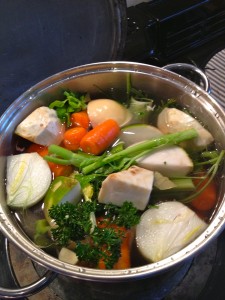
I chucked a fair few sprigs of parsley in too. Parsley (even dried) has a good hit of vitamins A, C and K, it has folate and helps the immune system combat inflammation and control homocysteine (an amino acid created as a byproduct of eating meat and elevated levels of it put you at risk of heart disease). Some traditional recipes call for dill too. I can’t quite imagine this being good…but I bow to the superior and tried and tested knowledge of my elders…well, I would if I had any dill but I haven’t so…
Bring this to the boil and skim off any scummy stuff that forms on the top. I then simmered this for about forty-five minutes before I raced over and extracted the chicken breasts (having just remembered…was too busy tweeting). I stripped the meat off the bones and chucked the carcass bits back into the pot. I couldn’t resist pulling off some of the leg meat too as I know that’s going to be so delicious in the Asian dishes! The trick, I’m reliably told, is to agitate the contents of the pot the least amount to ensure a clear broth at the end. Well, that’s ruined that huh? But I’m simply not willing to sacrifice that organic, hand petted, house remortgaging poached meat to the alter of the clear broth gods. It’s just too wasteful! Of course, if the meat in the pot was just carcass and wings this would never have happened…guilt, guilt, guilt…
I then let this huge pot of divine smelling loveliness just simmer away (with the lid on, of course) for a couple of hours. There is no point going on for longer as there comes a point when the chicken and vegetables have released all they can. If you doubt this has happened try a bit of the chicken and you’ll find yourself with a gob full of powdery mealiness which I imagine gnawing on a chunk of papier-mâché might taste like…
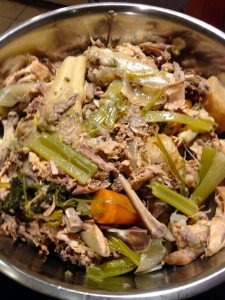
Drain the golden liquid from the decimated meat and vegetables. Double strain if you’ve got the differing meshed sieves and actually no life…

By this time the sick ward was clamouring for blood, let alone soup, so I dispensed with any further wrangle. As I was planning to serve some straight away I did, however, run it through the fat separator…
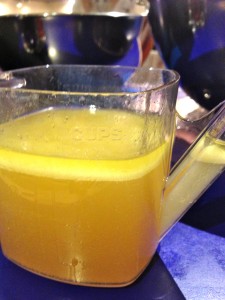
Otherwise just let it cool and pack it up for freezing. The schmaltz that the cooling process creates can be removed (Claudia Roden would not approve!) from the frozen packages before defrosting and heating. Then the addition of matzo balls (Passover Seder) or noodles (Rosh Hashanah or for ill people…)

Ultimately I decided to celebrate my evening’s accomplishment by chucking a Lemsip at the ill people and pouring myself a glass of prosecco…or two…and staring lovingly at the huge bowl of golden nectar I’ve created!
I, one-sixteenth-Jewish, rule!!
